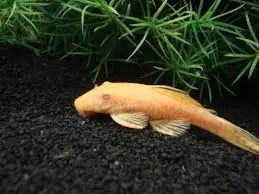Customer Reviews
Testimonials

All the plants where in good condition and the packing was very well This was my first time in aquatic plants, now I can recommend Bunnycart to my friends and other hobbiest. Will look forward in getting more varieties from here. 5 star for packing and health of plants..
Faraz

When i ordered first time, except hyg. corymbosa all the other plants were of very small size and unhealthy.eventualy of them died. This time, i made i was specific about good size and healthy plants. And i recieved hyg.,. difformiss in big size with many leaves, healthy and big size. St. repens was tiny as expected, but still healthy.. Happy with this purchase..
suraiya begum

Hi Team, I have received the parcel in good condition on Sunday morning(10-aug) at the destined location(kalasipalyam, Bangalore) . None of the fish died during this transportation. I am thankful to the manager for helping me throughout this process. He educated me well on the fishes and would like to personally thank him for this excellent service. It was a pleasure having this deal done and will surely recommend your site to interested parties. Vikas Singh, Bangalore
Vikas Singh

This is the best and reliable online shop for aquatic plants that I know. The packing I received was simply mind blowing, even the smallest details were taken care. the materials used for packing and the ice pack was also provided to keep the plants from damages was highly professional. This is a boon to aquarium hobbyist. Thanks once again
Thirumal

Received all the plants as ordered. Please add more plants in red shades. Overall a good experience. Keep the good work going. Thank you team Bunnycart.
Dwai

Thank you for delivering my plants and fishes safely, everything was in excellent condition i’m referring your site to all my friends now. Thanks again.
augustine derrick










